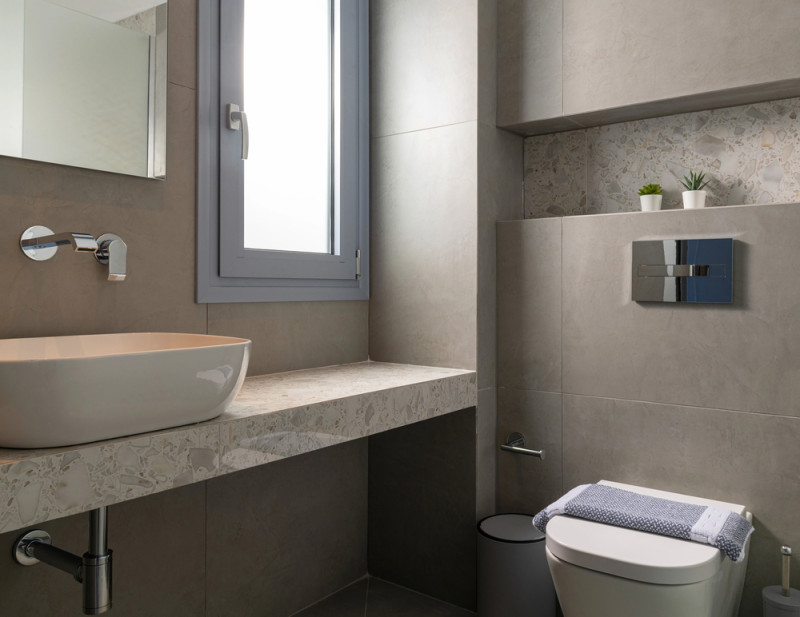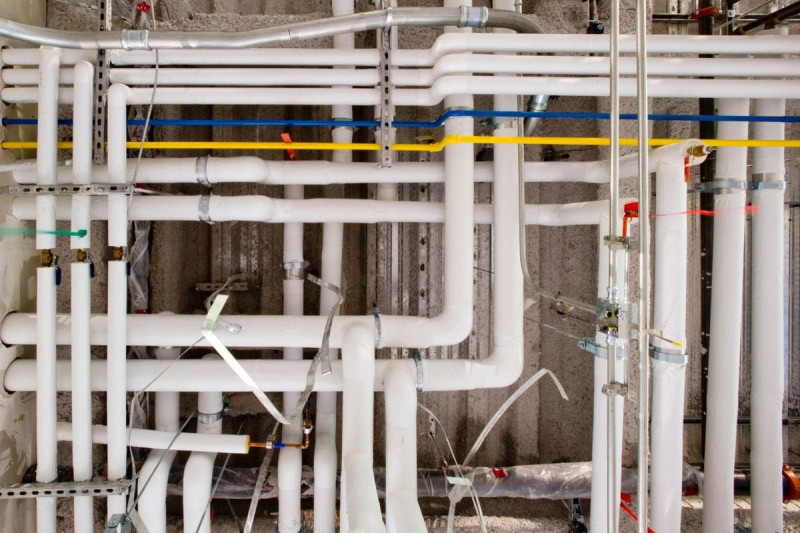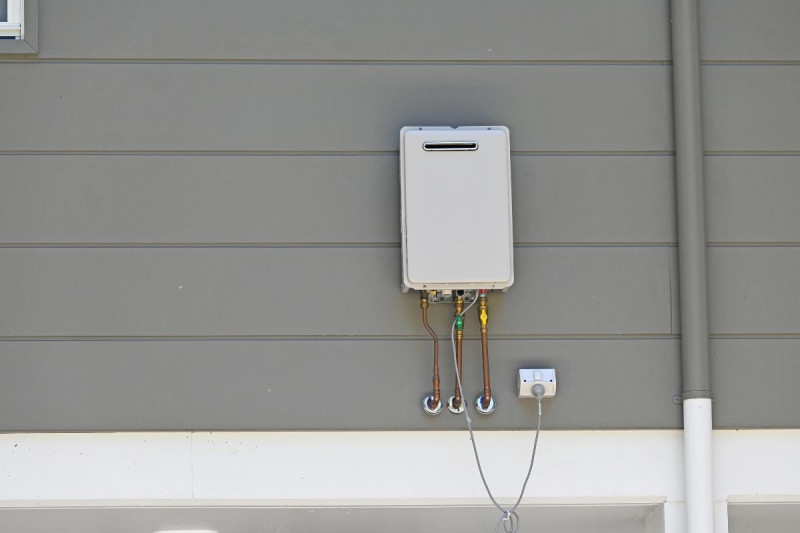When it comes to household plumbing problems, blocked drains and water leaks tend to make up the majority! We get it, the cost of living is only getting higher. So it comes as no surprise that most homeowners may want to try to fix their plumbing issues themselves first. We recently talked about different methods you can try to unblock a toilet but what about methods that don’t involve a plunger? Naturally, not everyone has a toilet plunger at home. In this article, we’ll teach you how to unblock a toilet without a plunger!
Got a stubborn blocked toilet that just won’t budget? Fear not, your local Perth plumbers here at Swan’s Professional Plumbing are here to help. Don’t hesitate to give our friendly team a call for prompt drain clearing services!
1. Unblock your toilet using hot water
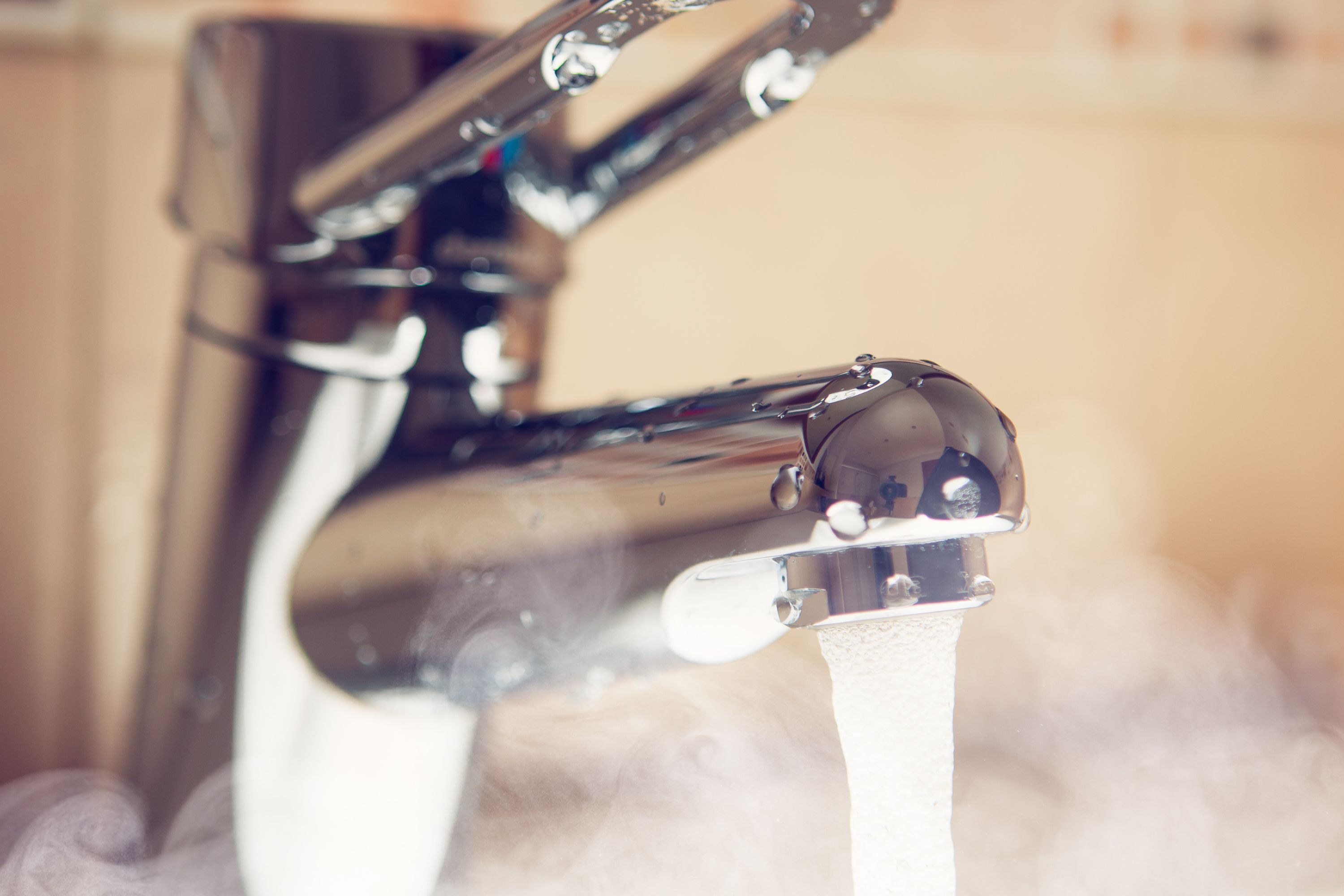
Unblocking a toilet using hot water is a simple yet effective method for minor clogs. Start by gathering a bucket or container and hot water.
Next, carefully pour the hot water into the toilet bowl from a reasonable height. The height creates the force necessary to move the clog.
Allow the hot water to sit for several minutes to soften and break down the blockage. After letting it sit, attempt to flush the toilet. If the blockage has been successfully dislodged, the water should flow freely, and the toilet should flush normally.
Repeat the process as necessary.
2. Unblock your toilet using detergent
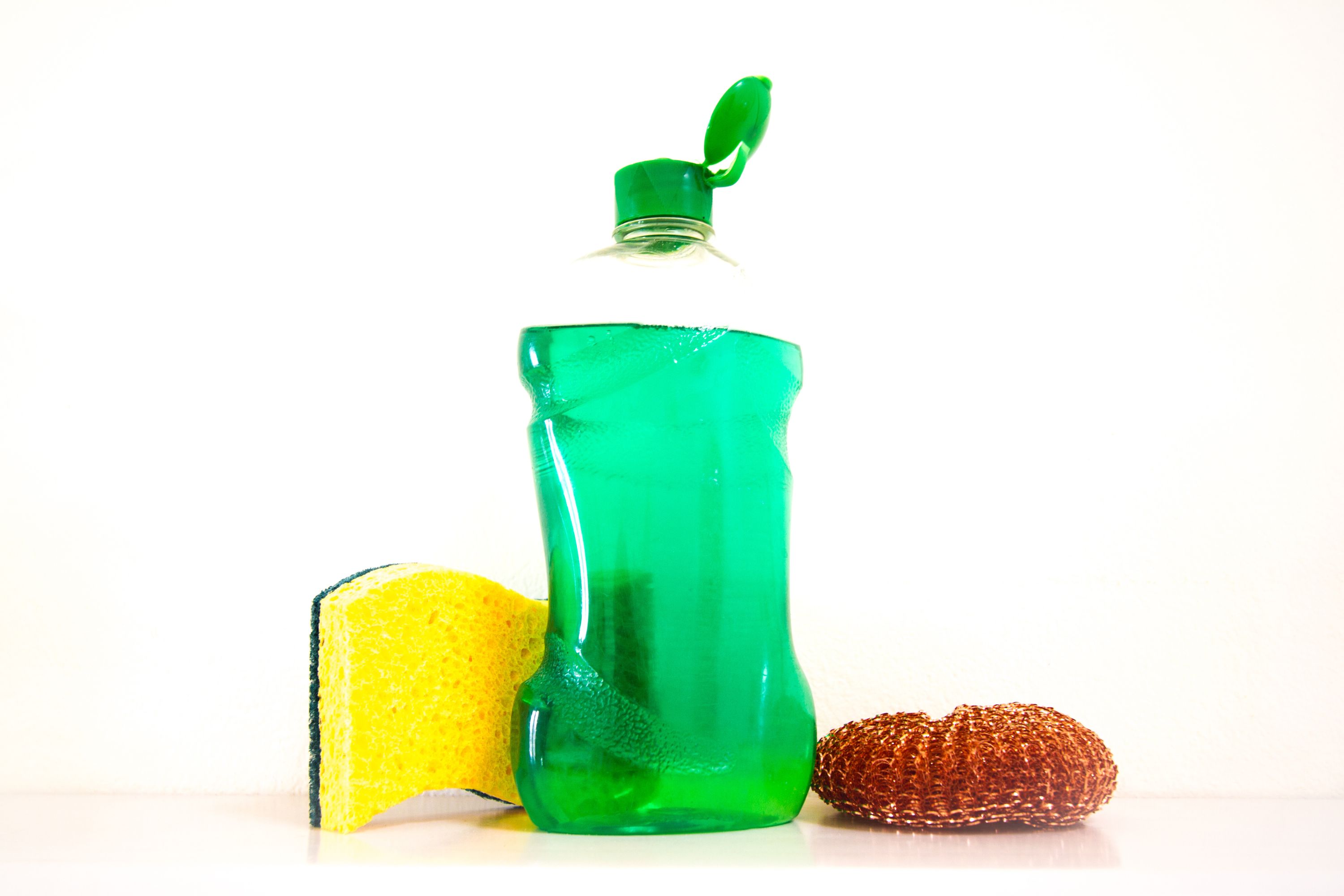
Hot water can be great for minor blockages but how can you fix a badly blocked toilet without a plunger? In most cases, badly blocked toilets need a plumber for the use of specialised equipment. However, you may have luck repeating the same method above with the addition of detergent.
Adding detergent to the hot water can help break down grease and other stubborn materials contributing to the blockage, potentially increasing the effectiveness of the method.
For this method, you simply add a generous amount of detergent or dish soap to the hot water in the toilet bowl after pouring it in.
Once settled for a few minutes, flush the toilet to check the toilet drain is cleared.
3. Unblock your toilet using a baking soda and vinegar solution
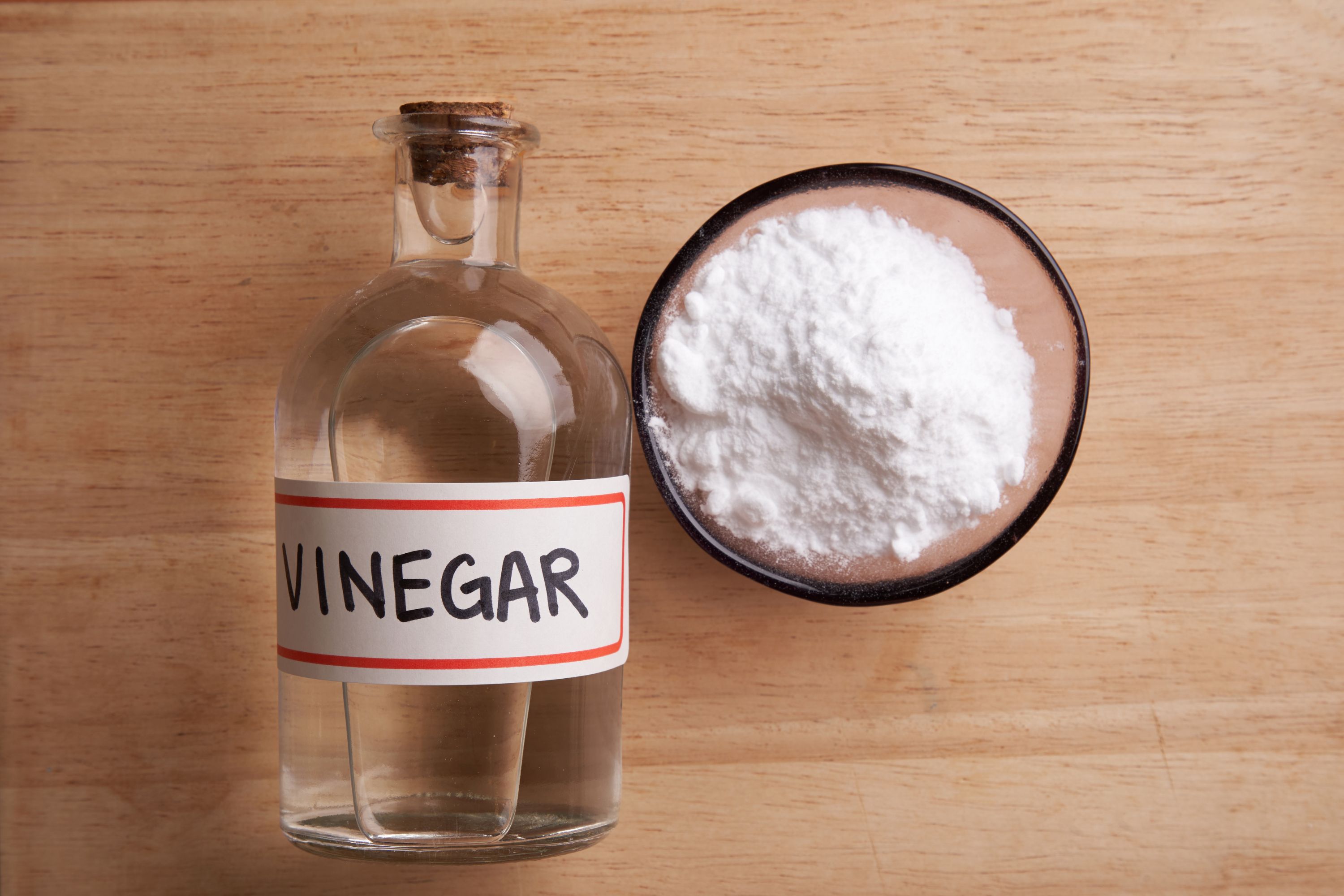
Another method you can try is creating a natural drain solution using baking soda and vinegar. Baking soda is an alkaline substance that helps to break down and dissolve organic matter, such as hair, grease, and food particles, that can cause blocked drains. When Vinegar is combined with baking soda, it creates a chemical reaction that produces carbon dioxide gas, causing bubbles and fizzing. This fizzing action helps to agitate and loosen debris, further aiding in the cleaning process.
Start by pouring half a cup of baking soda into the toilet bowl. Ensure that the baking soda reaches the drain opening.
Next, pour a cup of vinegar into the toilet bowl on top of the baking soda. You’ll immediately see a fizzy reaction as the two substances combine.
Allow the baking soda and vinegar mixture to sit in the toilet bowl for at least 30 minutes, or ideally longer if possible. During this time, the chemical reaction helps to break down and dissolve the blockage.
After the mixture has had time to work, flush the toilet with hot water. The hot water helps to flush away the loosened debris and clear the drain.
4. Dissolve toilet clogs with epsom salts
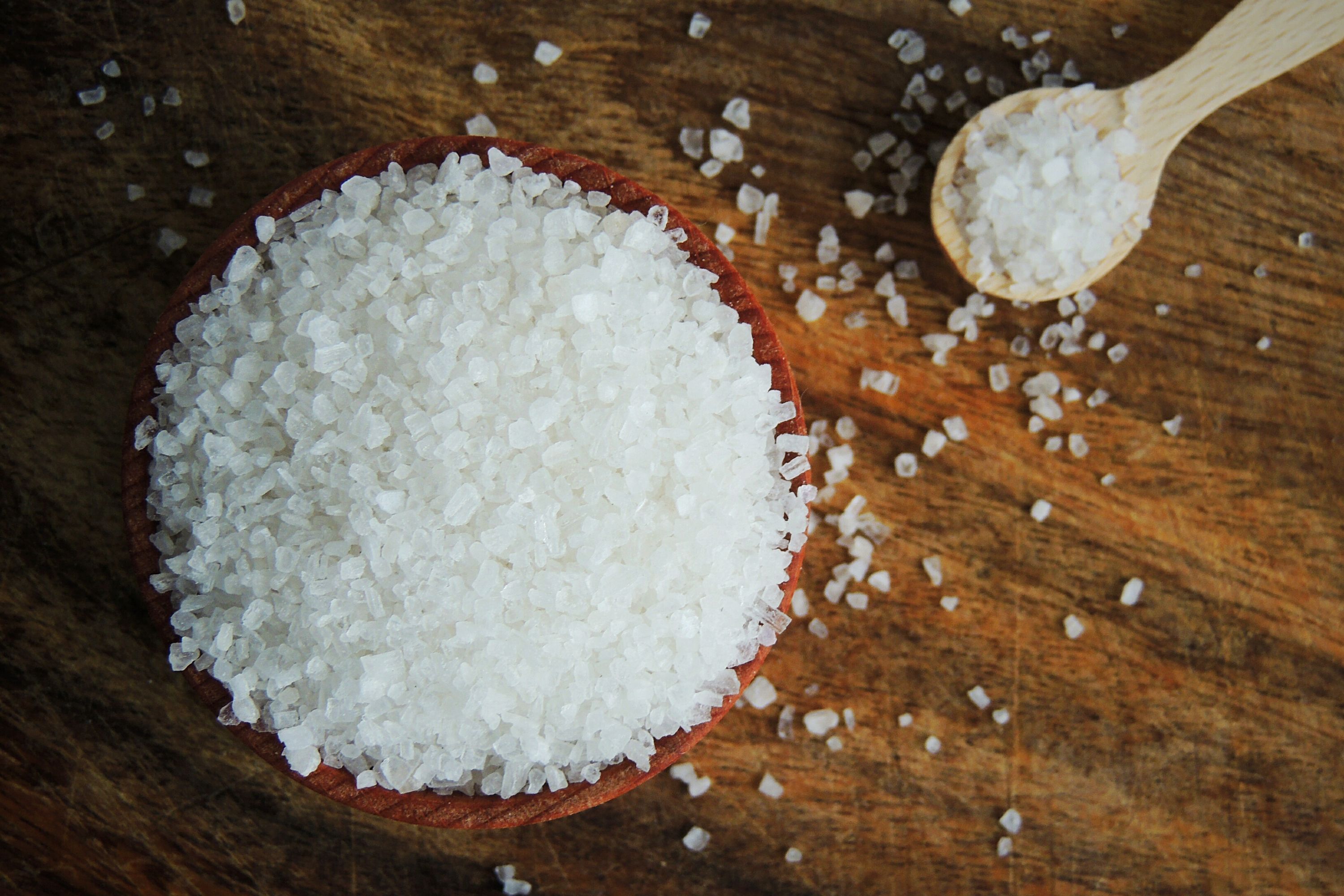
Epsom salts, also known as magnesium sulphate, can also be used as a natural drain cleaning solution, including for unclogging toilets. When dissolved in water, they release magnesium and sulphate ions, which can help break down organic matter and mineral deposits in drains.
To use Epsom salts to unclog a toilet, begin by pouring about a cup of Epsom salts into the toilet bowl, ensuring that the salts reach the drain opening.
Follow up by pouring hot water into the toilet bowl to dissolve the Epsom salts and create a solution. The hot water also helps to activate the salts and enhance their cleaning action.
Allow the Epsom salt solution to sit in the toilet bowl for at least 30 minutes, or longer if possible. During this time, the salts will work to break down and dissolve the blockage.
After the solution has had time to work, flush the toilet with hot water to rinse away the loosened debris and clear the drain.
5. Try purchasing a drain cleaner to unblock your toilet
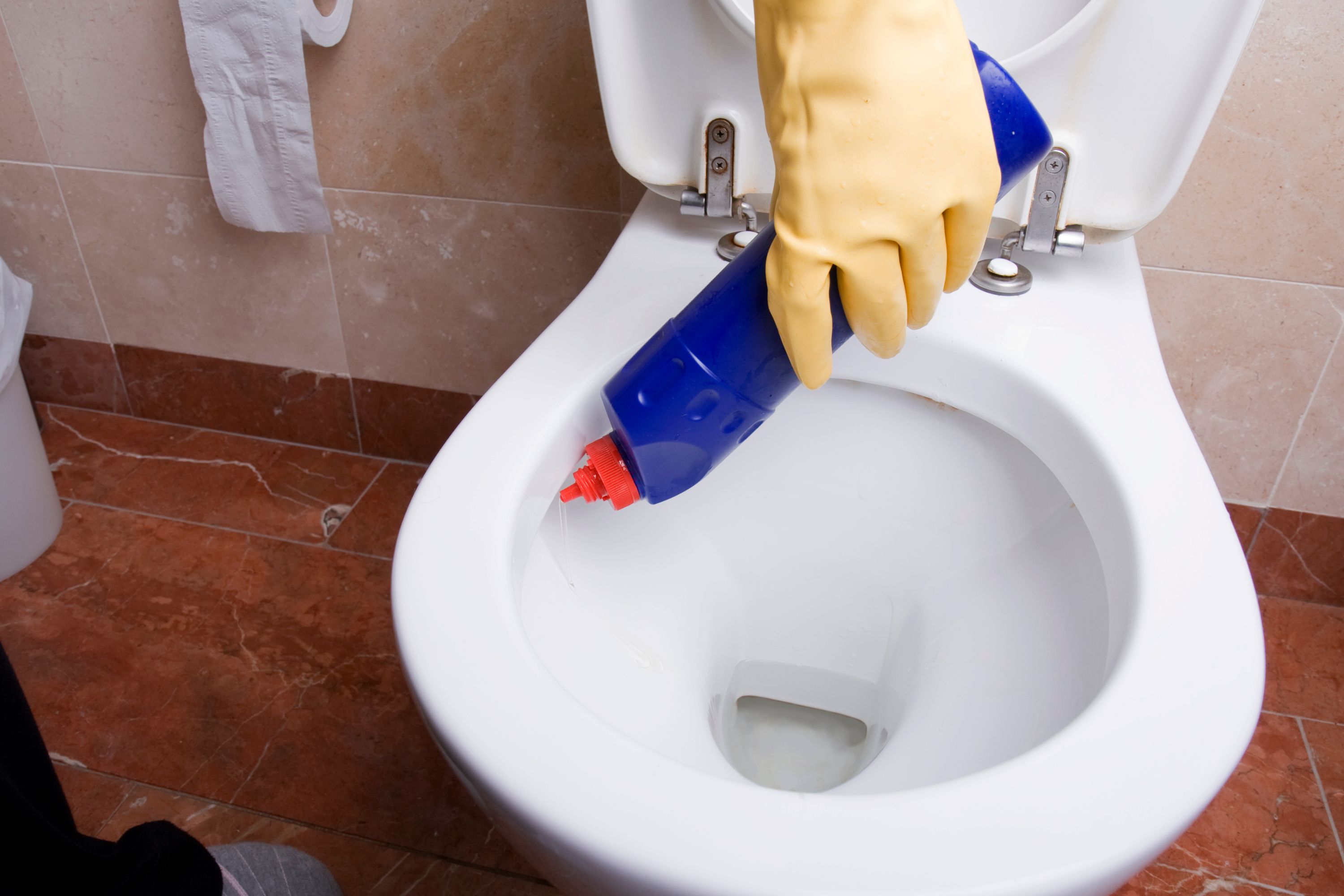
Purchasing a drain cleaner is another option for unclogging a toilet, especially if natural methods have been unsuccessful or if the blockage is severe.
It’s important to use caution when handling drain cleaners, as they often contain strong chemicals that can be harmful if misused.
Be sure to follow the label for directions on how to properly use the drain cleaner to clear the clogged toilet.
6. Unblock your toilet by making your own DIY plunger
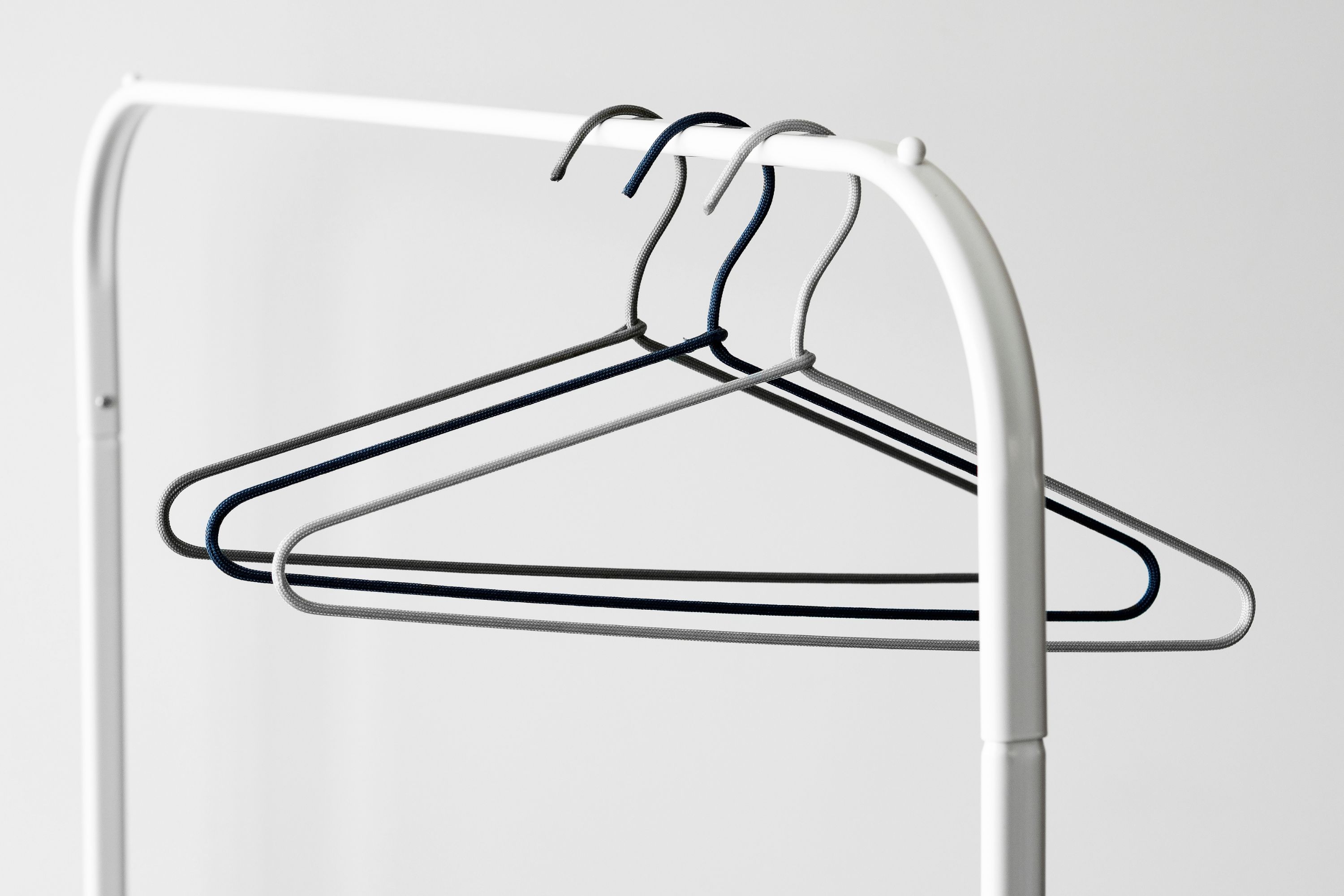
Unblocking a toilet with a wire coat hanger is a simple yet effective method that can help dislodge and remove blockages.
Start by straightening out a wire coat hanger as much as possible. Use pliers to straighten the curved hook at the end and make it as straight as you can.
Once the coat hanger is straightened, bend one end to create a small hook or loop. This hook will act as a grabber to catch and pull out any debris causing the blockage.
Carefully insert the straightened end of the wire coat hanger into the toilet drain. Gently manoeuvre the hanger in a circular motion to reach and dislodge the blockage.
As you insert the coat hanger, you may feel resistance when you reach the blockage. Use gentle pressure and avoid forcing the hanger to prevent damage to the toilet or pipes.
Once you reach the blockage, use the hook or loop at the end of the coat hanger to grab onto any debris causing the blockage. Pull the debris out of the drain if possible.
7. Manually clear the toilet clogs to unblock your toilet
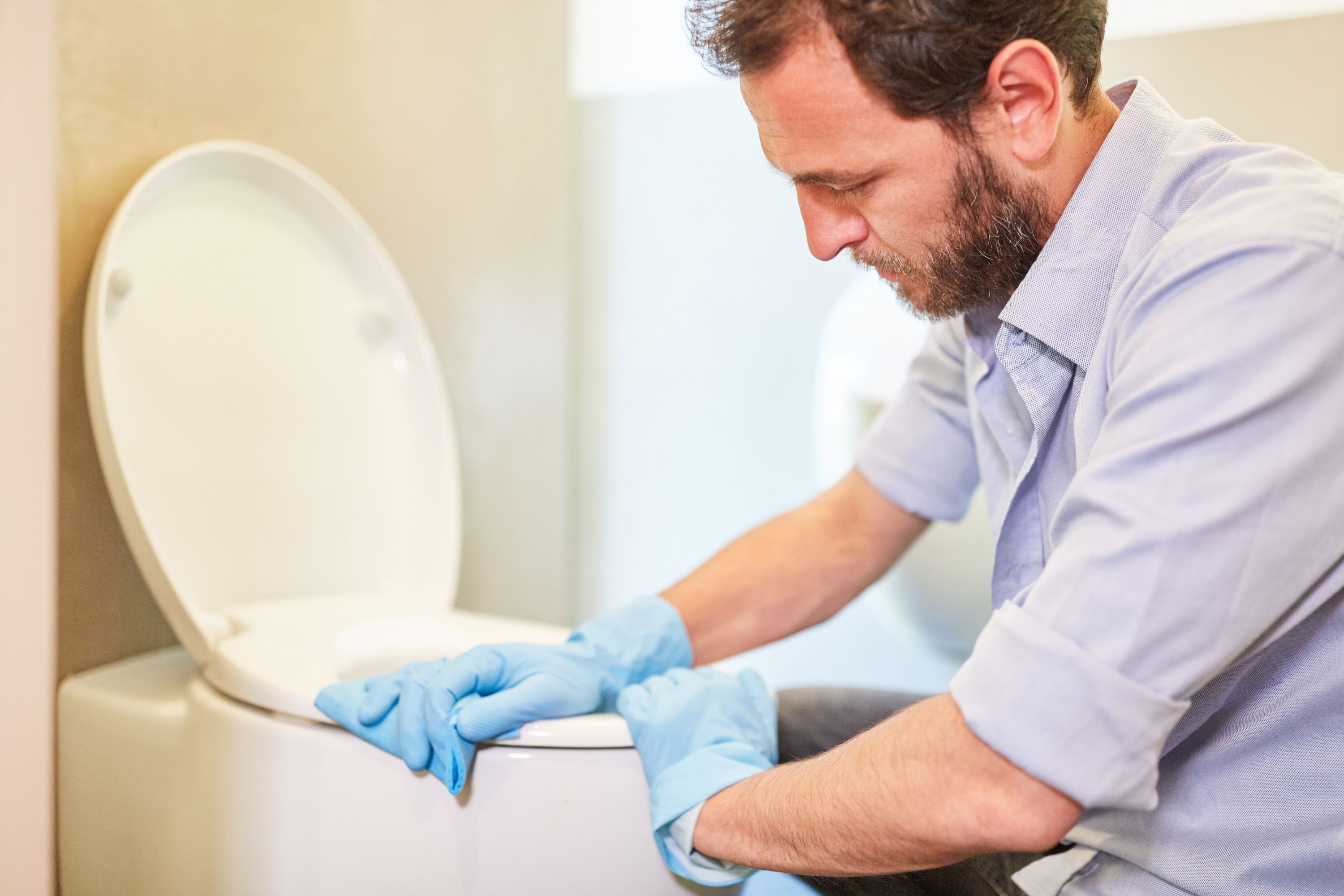
You may wish to attempt to tackle blocked drain yourself by wearing rubber gloves to reach into the toilet bowl and grab the source of the blockage. This method could be particularly helpful if the cause of the block is due to too much toilet paper, paper towels or due to non-flushable items such as baby wipes.
After manually clearing the clog, flush the toilet to see if the blockage has been resolved. If the blockage persists, it may mean it is too far down the drain which likely will require the help of a plumber who can use a plumbing snake to clear it.
8. Use a pressure washer to unblock your toilet
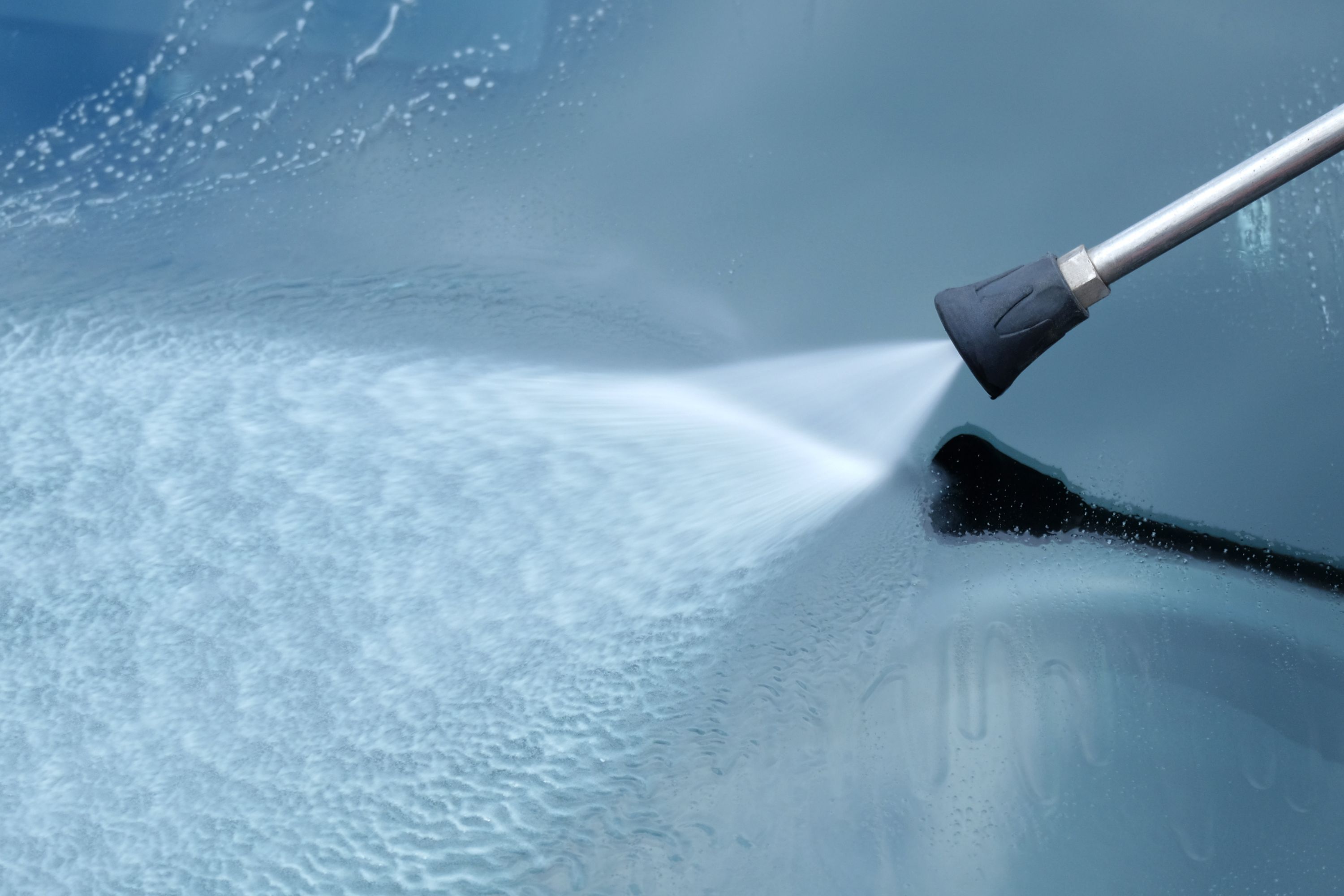
Using a pressure washer to unblock a toilet is a drastic measure that should only be considered in badly blocked toilet cases and used with extreme caution. If proper care isn’t taken, you could crack a porcelain toilet or cause further damage to your pipes.
Choose a pressure washer with adjustable pressure settings and a nozzle suitable for indoor use. Then, carefully insert the nozzle of the pressure washer into the toilet bowl, aiming it towards the drain opening. Make sure the nozzle is positioned securely to prevent water from spraying back out.
Then, set the pressure washer to the lowest possible pressure setting initially to avoid causing damage to the toilet or pipes. Gradually increase the pressure as needed if the blockage proves stubborn.
If this does not work, do not force it. Instead, contact a plumber to assist you further to reduce the risk of causing more costly damage.
9. Make a DIY pressure washer to move your toilet clog
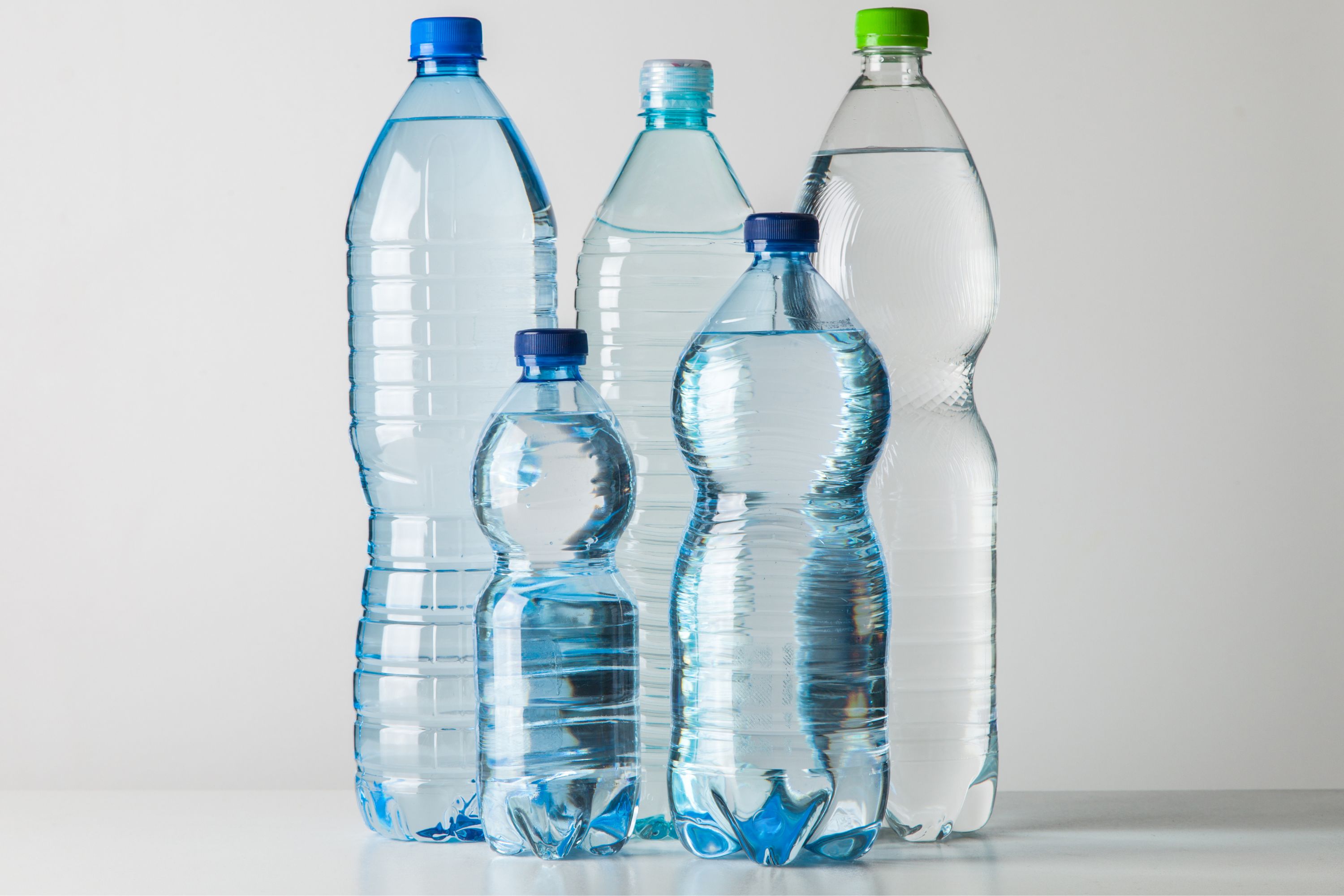
Now using a pressure hose is risky for those who don’t know what they’re doing, plus not everyone owns one! Did you know you can create your own DIY pressure washer mechanism with a 2 litre soft drink bottle?
Start by removing the cap from the drink bottle and using the knife or scissors to carefully cut off the bottom of the bottle. Ensure that the cut is even and smooth to create a flat surface.
Place a layer of duct tape around the cut edge of the bottle to create a smooth, airtight seal. This will help prevent leaks and ensure that the pressure is maintained when the bottle is filled with water.
Use a sharp object, such as a nail or drill, to poke several small holes in the cap of the drink bottle. These holes will allow water to escape when pressure is applied to the bottle.
Fill the drink bottle with water, leaving some space at the top to allow for air compression. Then, screw the cap back onto the drink bottle securely, ensuring that it is tightly sealed.
Squeeze the sides of the drink bottle forcefully to pressurise the water inside. The pressure created by squeezing the bottle will force the water out through the holes in the cap, creating a makeshift pressure washer. Position the holes in the cap of the drink bottle over the toilet drain, aiming the stream of water directly into the blockage.
10. Use a vet vacuum to unblock the toilet
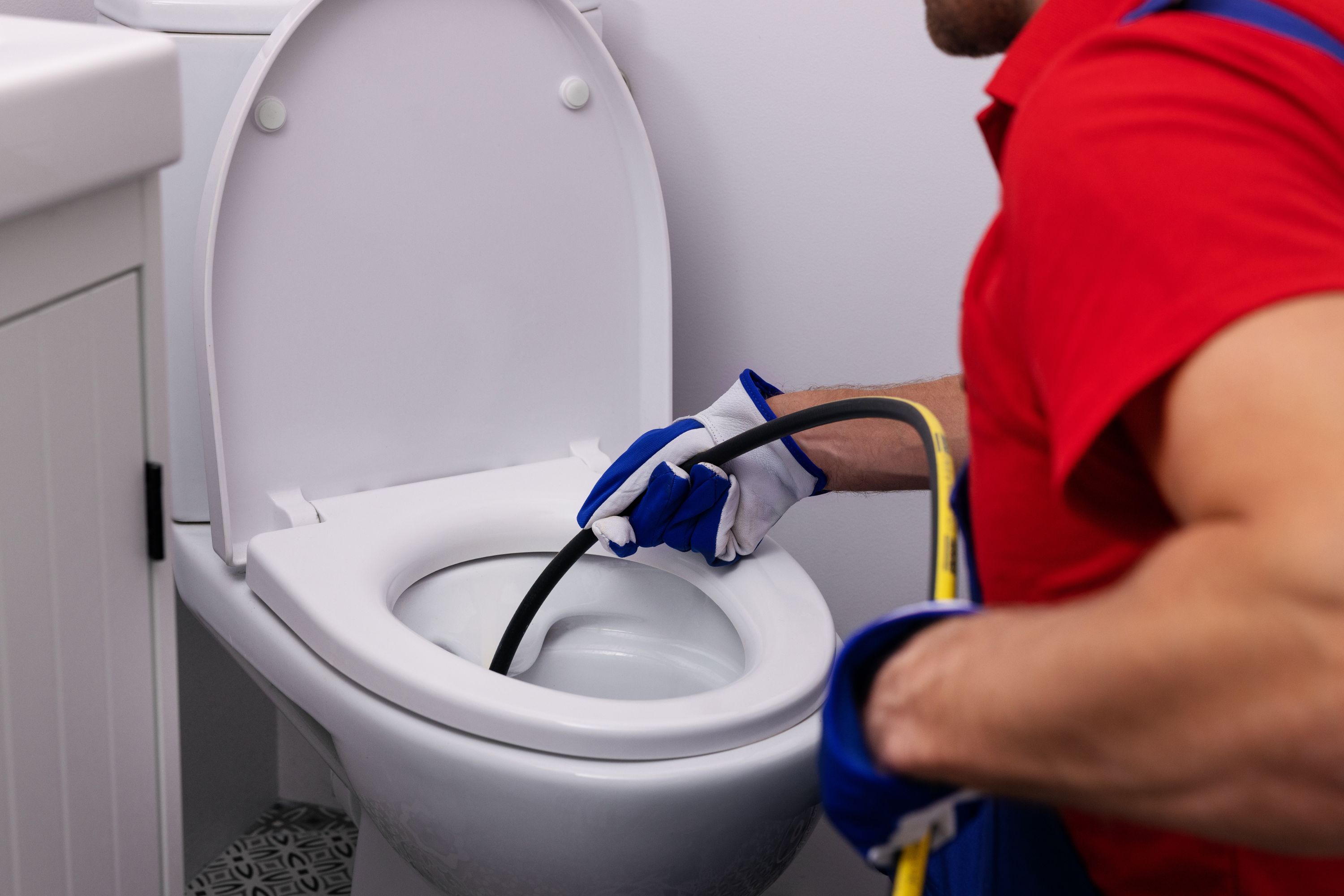
Now we’ve saved this clogged toilet drain cleaning method for last because, as you can imagine, it’s going to be messy. Some homeowners have had luck clearing their toilet drain with a wet vacuum.
Now you can’t just use any household vacuum, (if you try, you’ll likely be throwing it out afterwards!), you need to ensure your vacuum cleaner is set up for wet vacuuming. This usually involves removing any filters or attachments designed for dry vacuuming and making sure the vacuum is set to handle liquids.
Then, position the vacuum hose over the drain in the toilet bowl, ensuring a tight seal. You may need to press the hose firmly against the drain to create a good seal.
Next, turn on the wet/dry vacuum and begin to suction out the water from the toilet bowl. Start with small amounts of water to avoid overflowing the vacuum.
Gradually increase the suction power of the vacuum to try to dislodge the blockage. You can do this by adjusting the settings on the vacuum or by covering part of the hose with your hand to increase suction.
Finally, once done ensure you properly clean and sanitise the vacuum cleaner.
It’s important to exercise caution to avoid further damaging the toilet or the vacuum cleaner. If the blockage persists or if you’re unsure about using this method, it’s best to contact a professional plumber.
Get your clogged toilet fixed in no time with Swan’s Professional Plumbing
Remember, a clogged area of the drain in a toilet that continues to build up without proper intervention can quickly turn into a plumbing emergency. To avoid this, ensure you address all minor toilet clogs in a timely manner, keep your drains clear and clean them often and carry out regular free plumbing health checks from Swan’s Professional Plumbing to ensure no plumbing issue goes unnoticed!
DIY fixes like these are great for minor clogs. However, they shouldn’t be used repetitively. For more stubborn clogs or toilets that continue to get blocked, it’s best to call out a professional plumber to get to the root of your problem. Don’t hesitate to get in contact with Swan’s Professional Plumbing for all your plumbing needs!

